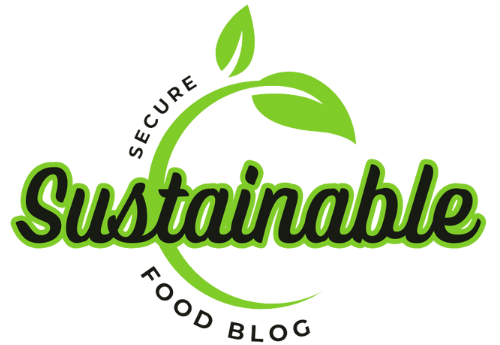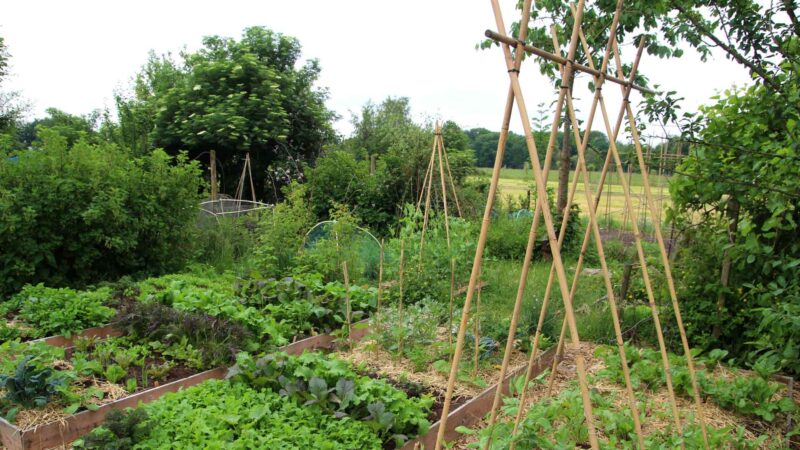Permaculture transforms gardens into ecosystems that sustain themselves. My home garden follows this approach, focusing on sustainable and self-sufficient practices.
Here, I’ll share the specific methods I use, their benefits, and some personal insights.
Building Healthy Soil
Healthy soil forms the foundation of a productive garden. I avoid tilling to protect the soil structure. Instead, I layer organic materials like compost, leaves, and grass clippings on top of the soil. This method, known as sheet mulching, mimics the natural accumulation of organic matter in forests. It improves soil fertility, retains moisture, and reduces erosion.
Sheet Mulching
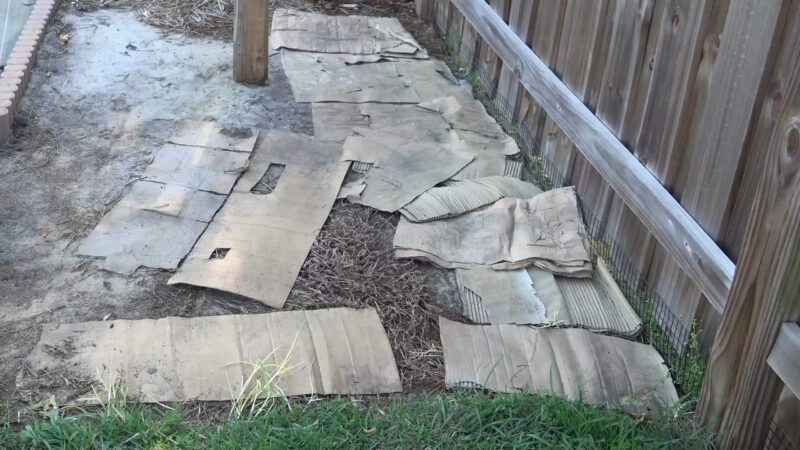
Sheet mulching is an effective way to build soil health. I start by laying down a layer of cardboard or newspaper to smother weeds. On top of that, I add layers of compost, leaves, and grass clippings. This creates a rich, organic layer that breaks down slowly, feeding the soil.
Benefits of Cover Crops
Cover crops play a vital role in soil health. During the off-season, I plant clover and rye. These plants add organic matter to the soil, prevent weed growth, and fix nitrogen. When they die, they decompose and enrich the soil, preparing it for the next planting season.
Composting for Soil Health
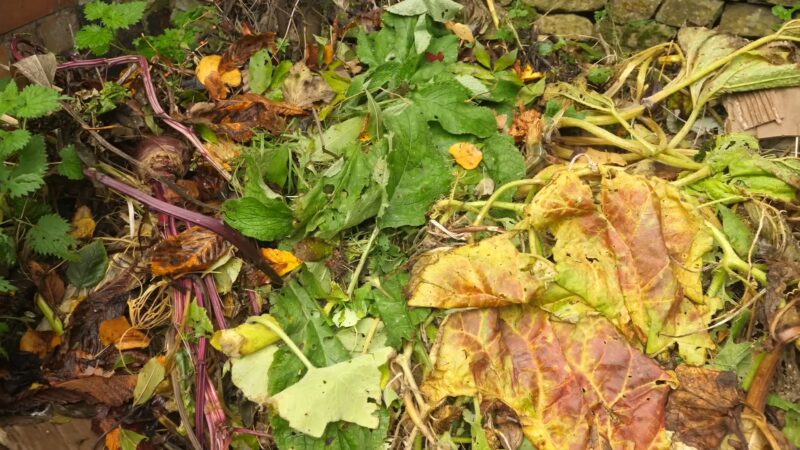
Composting is another key practice. By turning kitchen scraps and garden waste into compost, I create a nutrient-rich amendment for the soil. I add compost regularly to garden beds, boosting fertility and improving soil structure. The microorganisms in compost also enhance soil health.
Avoid Tilling
Tilling disrupts soil structure and can lead to erosion. I avoid tilling and instead focus on adding organic matter on top of the soil. This approach protects the delicate soil ecosystem and promotes healthy root development. The result is a more resilient and productive garden.
Practical Tips
- Regularly Add Organic Matter: Keep adding compost, mulch, and other organic materials to your garden beds.
- Use a Diversity of Cover Crops: Plant different cover crops to provide a variety of nutrients and benefits to the soil.
- Maintain a Compost Bin: Continuously add kitchen scraps and garden waste to your compost bin to ensure a steady supply of compost.
- Monitor Soil Health: Regularly check soil moisture, structure, and fertility to ensure optimal conditions for plant growth.
Composting
Composting turns kitchen scraps and garden waste into nutrient-rich humus. I maintain a compost bin in a corner of my garden. I add fruit and vegetable peels, coffee grounds, eggshells, and yard waste like leaves and grass. Regularly turning the compost pile speeds up decomposition and ensures an even mix.
Setting Up a Compost Bin
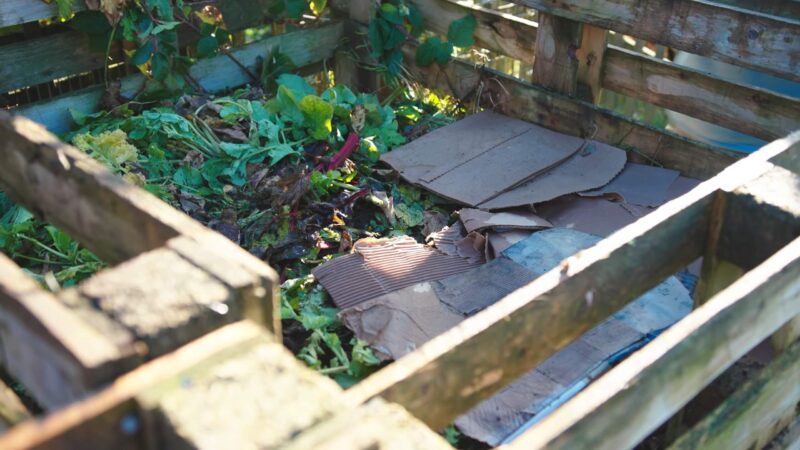
Choosing the right spot for the compost bin is crucial. I place mine in a shaded area to prevent it from drying out too quickly. A well-ventilated bin helps with airflow, which is essential for the composting process. I make sure it’s easily accessible from the kitchen and garden for convenient waste disposal.
Balancing Green and Brown Materials
A successful compost pile needs a balance of green and brown materials. Green materials, like fruit and vegetable peels, coffee grounds, and fresh grass clippings, provide nitrogen. Brown materials, like leaves, straw, and cardboard, provide carbon. This balance creates the ideal environment for microorganisms to break down the organic matter.
Turning the Compost
Regularly turning the compost pile introduces oxygen, which is necessary for aerobic decomposition. I use a garden fork to turn the pile every few weeks. This helps mix the materials, speeds up decomposition, and prevents unpleasant odors. A well-aerated compost pile decomposes faster and produces richer humus.
What to Avoid?
Certain items should not go into the compost bin. I avoid adding meat, dairy, and oily foods, as they attract pests and slow down the composting process. I also steer clear of diseased plants and weeds that have gone to seed, as they can spread problems throughout the garden.
Use Finished Compost
Once the compost has fully decomposed into dark, crumbly humus, it’s ready to use. I spread it around the base of plants, mix it into garden beds, and use it as a top dressing for lawns. This enriches the soil, providing essential nutrients and improving soil structure.
Water Conservation
Water is a precious resource. I collect rainwater using barrels connected to my home’s downspouts. This water is free from chlorine and other chemicals found in tap water, making it ideal for plants. I use a drip irrigation system to minimize water waste. It delivers water directly to the roots, reducing evaporation and runoff.
Collecting Rainwater
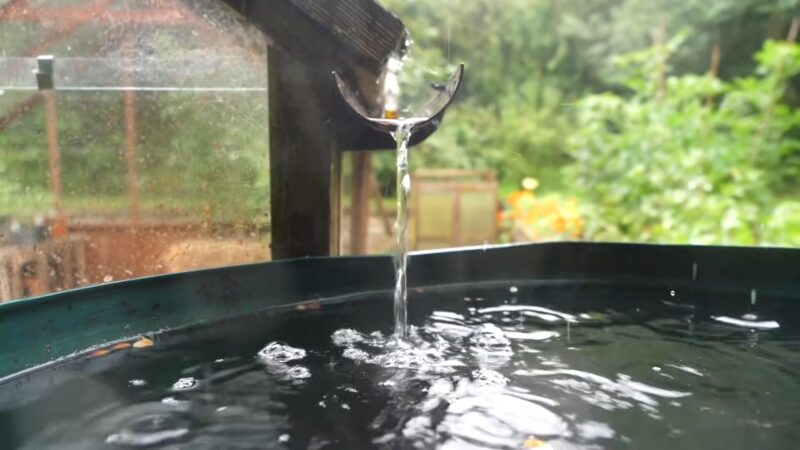
Collecting rainwater is an effective way to conserve water. I use rain barrels attached to the downspouts of my home. These barrels collect rainwater from the roof, which would otherwise run off and be wasted. The collected water is ideal for plants because it is free from chemicals like chlorine, which are present in tap water.
Drip Irrigation System
A drip irrigation system is efficient and conserves water. It delivers water directly to the plant roots through a network of tubes and emitters. This method reduces evaporation and runoff, ensuring that water goes exactly where it is needed. I set the system on a timer to provide consistent watering, especially during dry periods.
Plant Selection
I choose plants suited to my local climate and soil. Native plants require less water and are more resistant to pests and diseases. They attract beneficial insects like bees and butterflies, which help with pollination.
Benefits of Native Plants
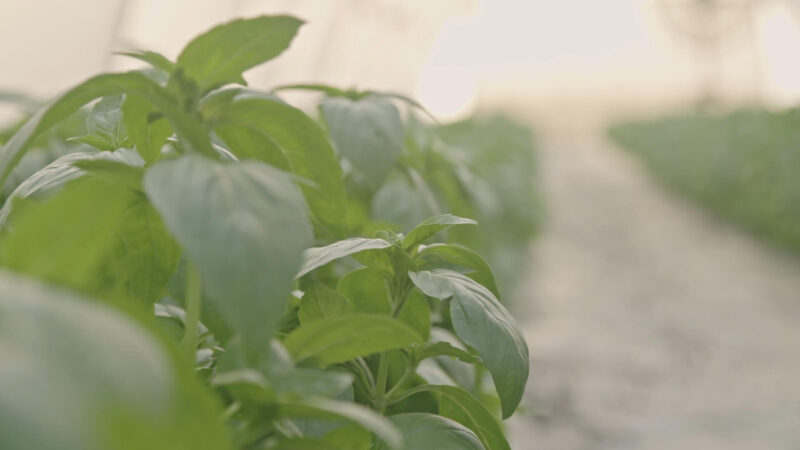
Native plants are adapted to the local climate and soil conditions. They thrive with minimal care and require less water than non-native species. Their resistance to local pests and diseases reduces the need for chemical treatments. Native plants also support local wildlife by providing food and habitat.
Attracting Beneficial Insects
Selecting plants that attract beneficial insects enhances garden health. Bees, butterflies, and other pollinators are essential for fruit and vegetable production. I include a variety of flowering plants to ensure that there is always something in bloom. This continuous supply of nectar and pollen attracts and sustains beneficial insects.
Perennials in the Garden
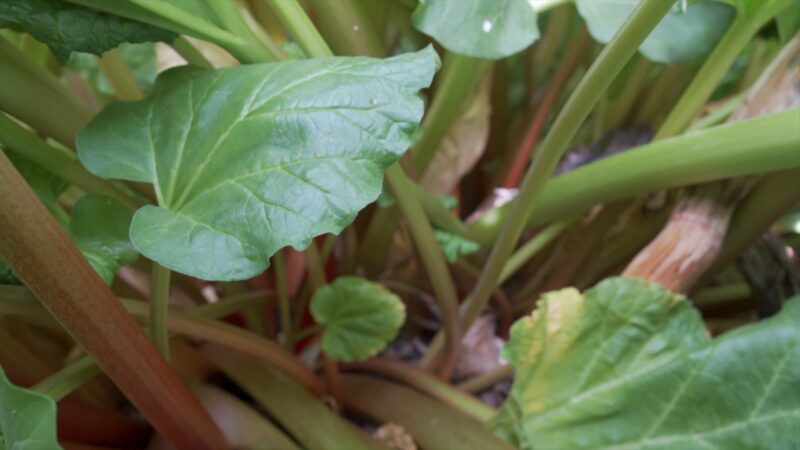
Perennials are a valuable addition to the garden. They return year after year, reducing the need for replanting. Their deep root systems improve soil structure and help retain moisture. Plants like asparagus, rhubarb, and perennial herbs provide consistent yields and require less maintenance over time.
Companion Planting
Certain plants benefit each other when grown together. This practice, known as companion planting, enhances growth and deters pests. For example, I plant tomatoes with basil. Basil repels tomato hornworms and improves the flavor of tomatoes.
Benefits of Companion Planting
Companion planting offers multiple benefits. Some plants repel pests, others attract beneficial insects, and some enhance the growth and flavor of their neighbors. By understanding these relationships, I can create a more resilient and productive garden.
Specific Companion Pairs
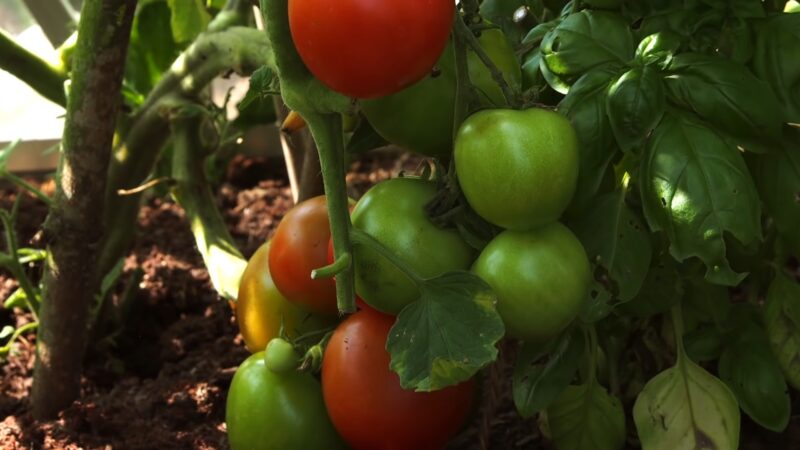
Tomatoes and basil make a great pair. Basil repels tomato hornworms and other pests. It also enhances the flavor of tomatoes. I plant basil around the base of my tomato plants, creating a natural pest barrier.
Pest Deterrents
Marigolds are excellent for deterring pests. They repel nematodes, aphids, and other common garden pests. I plant marigolds throughout the garden to create a pest-repellent barrier. They also attract pollinators and beneficial insects, which help control pest populations.
Edible Landscaping
Permaculture combines aesthetics with functionality. I integrate edible plants into the landscape. Fruit trees, berry bushes, and vegetable plants are as beautiful as ornamental plants. They provide food and create a diverse and productive garden.
Integrating Fruit Trees
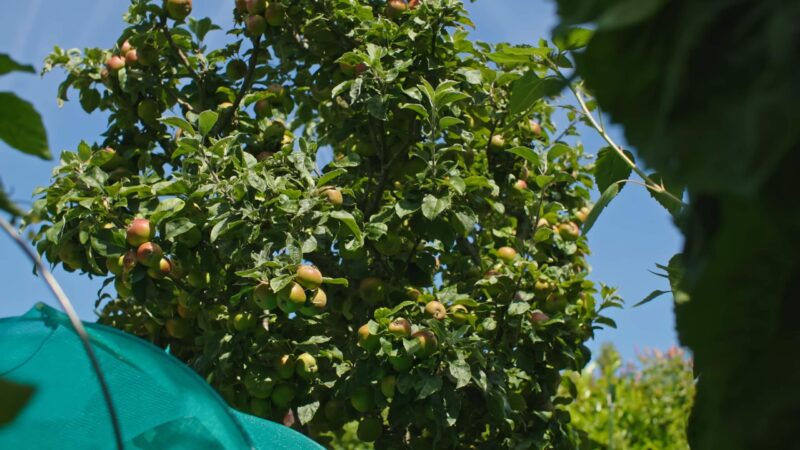
Fruit trees are a central feature of my edible landscape. I plant varieties like apple, pear, and cherry trees. These trees not only produce delicious fruit but also add structure and beauty to the garden. I position them to provide shade for other plants and create a layered, forest-like environment.
Adding Berry Bushes
Berry bushes like blueberries, raspberries, and blackberries are both ornamental and productive. I plant them along borders and pathways. They offer colorful blooms in spring, fruit in summer, and vibrant foliage in fall. These bushes attract pollinators and beneficial insects, enhancing the overall health of the garden.
Growing Vegetables
Vegetable plants are integrated throughout the landscape. I plant tomatoes, peppers, and beans alongside ornamental plants. These vegetables add texture and color to the garden while providing fresh produce. I use trellises and vertical gardening techniques to maximize space and create visually appealing arrangements.
Herb Pathways
Herbs like rosemary, thyme, and mint are perfect for planting along pathways. They release pleasant aromas when brushed against and attract pollinators. These herbs are easy to grow and maintain. I also use them in cooking and for medicinal purposes, making them a valuable addition to the garden.
Colorful and Edible Flowers
Flowering plants like nasturtiums and calendula add color and attract beneficial insects. They are also edible and can be used in salads and teas. Nasturtiums have bright, peppery flowers that add a unique flavor to dishes. Calendula petals can be used in salads or as a natural dye. These flowers enhance the garden’s beauty and biodiversity.
Creating a Functional and Beautiful Garden
Edible landscaping blends functionality with aesthetics. By choosing plants that are both beautiful and productive, I create a garden that is visually appealing and provides a bounty of fresh produce. This approach maximizes the use of space and resources, resulting in a diverse and sustainable garden.
The Rewards of Permaculture
Permaculture gardening is deeply rewarding. It produces fresh, healthy food and supports biodiversity. It reduces waste and conserves resources. It fosters a connection with nature and a sense of accomplishment.
Fresh, Healthy Food
One of the greatest rewards of permaculture is the abundance of fresh, healthy food. Growing my own fruits, vegetables, and herbs ensures that I have access to nutrient-rich, organic produce. The flavors are superior to store-bought items, and knowing exactly how the food was grown gives me peace of mind.
Supporting Biodiversity
Permaculture gardens support a wide range of plant and animal species. By creating diverse habitats, I attract beneficial insects, birds, and other wildlife. This biodiversity enhances the garden’s resilience and productivity. Each species plays a role in maintaining a healthy ecosystem, from pollination to pest control.
Reducing Waste
Permaculture practices minimize waste. Composting kitchen scraps and garden waste turns what would be discarded into valuable soil amendments. Mulching with organic materials reduces the need for synthetic fertilizers and helps retain soil moisture. These practices create a more sustainable and efficient garden system.
Conserving Resources
Water conservation is a key aspect of permaculture. By collecting rainwater and using efficient irrigation methods, I reduce reliance on municipal water supplies. Growing native plants and those suited to the local climate also reduces water needs. These efforts help conserve a vital resource and lower the garden’s environmental footprint.
Conclusion
Permaculture practices create a sustainable, productive, and beautiful garden. Building healthy soil, conserving water, choosing appropriate plants, and supporting wildlife are key components. Natural pest control, efficient use of resources, and community involvement enhance the garden’s resilience.
